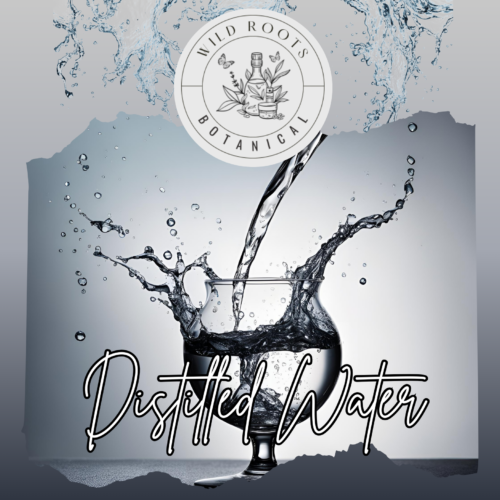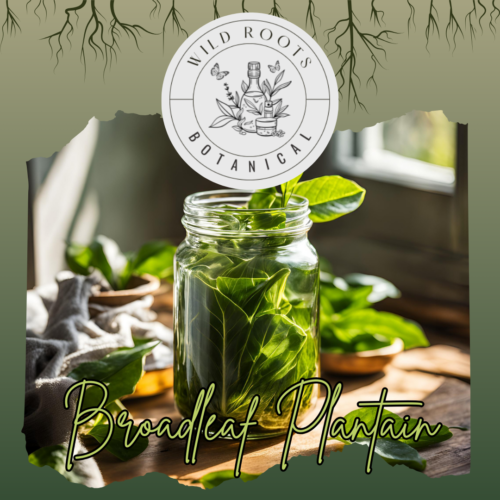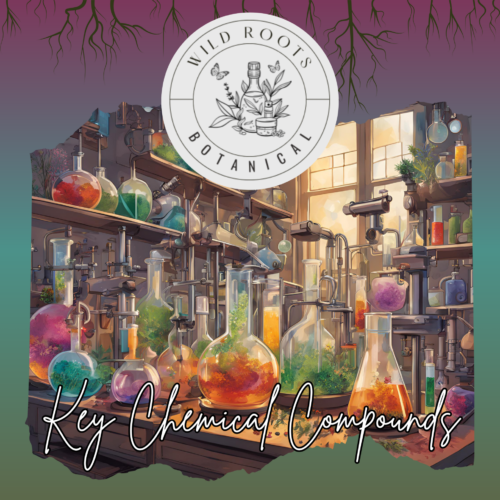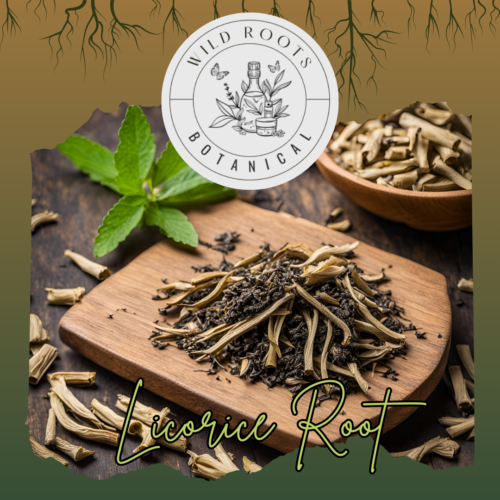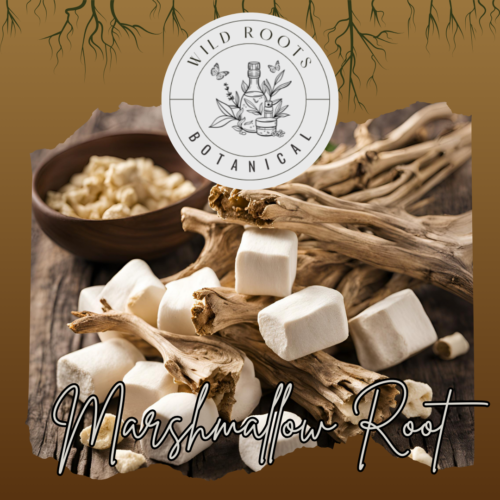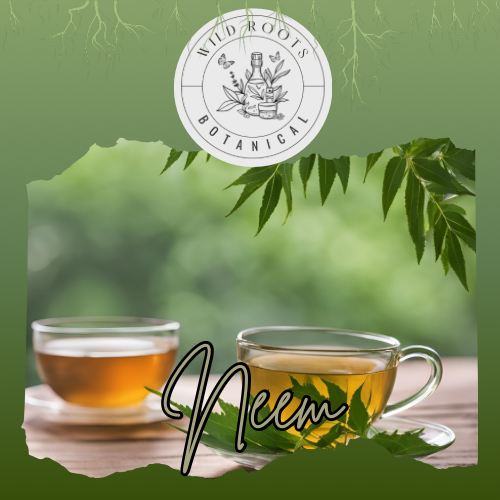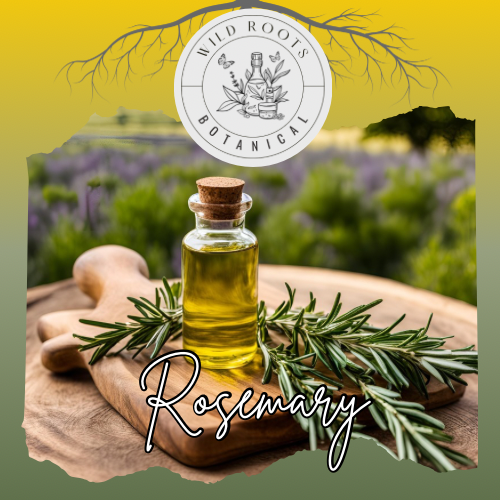Distilled Water: The Purest Form – A Comprehensive Guide
Introduction
Distilled water, produced through the ancient process of distillation, represents one of humanity’s earliest achievements in purification technology. This seemingly simple substance, stripped of all impurities through evaporation and condensation, has played crucial roles throughout history in medicine, science, industry, and daily life.
Historical Journey
Ancient Origins
Historical development includes:
- Greek scholars’ early distillation experiments
- Arabic alchemists’ refinement of the process
- Medieval medical applications
- Industrial Revolution advances
Evolution of Technology
Development stages:
- Simple pot stills
- Alembic innovations
- Industrial distillation
- Modern purification systems
Scientific Understanding
Chemical Properties
Key characteristics:
- Pure H2O composition
- Neutral pH (theoretically 7.0)
- Zero mineral content
- High electrical resistance
- Specific heat capacity
- Surface tension properties
Physical Properties
Distinctive features:
- Boiling point 100°C (212°F)
- Freezing point 0°C (32°F)
- Density 1 g/cm³ at 4°C
- Clear appearance
- No taste or odor
- High purity level
Modern Applications
Medical Uses
Contemporary applications:
- Medical equipment sterilization
- Laboratory testing
- Pharmaceutical production
- Dental procedures
- Medical device cleaning
- CPAP machines
Industrial Uses
Common applications:
- Battery maintenance
- Laboratory work
- Manufacturing processes
- Cooling systems
- Electronic production
- Cosmetic manufacturing
Traditional Uses
Historical Applications
Past uses include:
- Medical procedures
- Chemical experiments
- Perfume making
- Food preservation
- Scientific research
Home Applications
Domestic uses:
- Steam irons
- Car batteries
- Aquariums
- Plant watering
- Humidifiers
- Beauty treatments
Production Process
Traditional Method
Basic distillation steps:
- Water heating
- Steam collection
- Condensation
- Collection
- Storage
Modern Technology
Current techniques:
- Multiple-effect distillation
- Vapor compression
- Ion exchange
- Reverse osmosis combination
- Quality monitoring
Safety and Precautions
General Safety
Important considerations:
- Storage container material
- Contamination prevention
- Regular testing
- Proper handling
- System maintenance
Usage Guidelines
Best practices:
- Appropriate applications
- Storage conditions
- Handling procedures
- Quality verification
- System cleaning
Modern Research
Clinical Studies
Current research focuses on:
- Medical applications
- Industrial uses
- Environmental impact
- Health effects
- Quality standards
Future Directions
Promising areas include:
- Energy-efficient production
- New applications
- Quality improvements
- Sustainable practices
- Advanced purification
Traditional Methods
Home Distillation
Basic process:
- Simple still setup
- Heat source
- Condensation system
- Collection method
- Quality testing
Industrial Distillation
Large-scale production:
- Commercial systems
- Quality control
- Distribution methods
- Storage solutions
- Testing protocols
Quality Factors
Purity Standards
Important aspects:
- Conductivity levels
- pH measurement
- Bacterial content
- Chemical analysis
- Particulate matter
Storage Requirements
Optimal conditions:
- Container material
- Temperature control
- Light exposure
- Air contact
- Duration limits
Environmental Impact
Production Impact
Considerations include:
- Energy consumption
- Water efficiency
- Waste management
- Carbon footprint
- Resource utilization
Sustainability
Important factors:
- Energy sources
- Water conservation
- System efficiency
- Waste reduction
- Environmental protection
Fun Facts
- Pure distilled water is a poor conductor of electricity
- It was first used in perfume making by ancient Egyptians
- The Arabs invented the alembic still for distillation
- NASA uses distilled water in space missions
- It’s used in nuclear power plant cooling systems
Market Trends
Consumer Usage
Current trends:
- Home distillation systems
- Portable distillers
- Quality monitoring devices
- Sustainable solutions
- Smart technology integration
Industry Development
Market evolution:
- Energy efficiency
- Automation
- Quality improvements
- Cost reduction
- Environmental consideration
References
- Anderson, J. L., et al. (2019). “Water Purification: Methods and Standards.” Journal of Water Chemistry and Technology, 41(2), 65-78.
- Martinez, R. M., et al. (2018). “Industrial Applications of Distilled Water: A Comprehensive Review.” Industrial & Engineering Chemistry Research, 57(15), 5234-5248.
- Thompson, K. L., et al. (2020). “The Evolution of Water Distillation Technology.” Water Research, 185, 116-131.
- Wilson, P. K., et al. (2017). “Modern Approaches to Water Purification and Quality Control.” Environmental Science & Technology, 51(12), 7119-7127.
Did You Know?
- A single drop of tap water can contain over 50 different compounds, while properly distilled water contains only H2O
- The ancient Greeks discovered that seawater could be made drinkable through distillation
- Lightning actually creates naturally distilled water in the atmosphere
- Distilled water is used in every major pharmaceutical production facility worldwide
- Car batteries were originally designed to work specifically with distilled water
- The semiconductor industry requires “ultra-pure” water that’s even purer than regular distilled water
- Distilled water freezes into perfectly clear ice, unlike tap water which freezes cloudy
- The International Space Station recycles and distills astronauts’ breath and sweat into drinking water
- Early steam engines required distilled water to prevent mineral buildup
- The first large-scale water distillation plants were built on ships in the 1700s
- Distilled water is the standard reference for many scientific measurements
- The energy required to distill one gallon of water could power a LED light bulb for 24 hours


